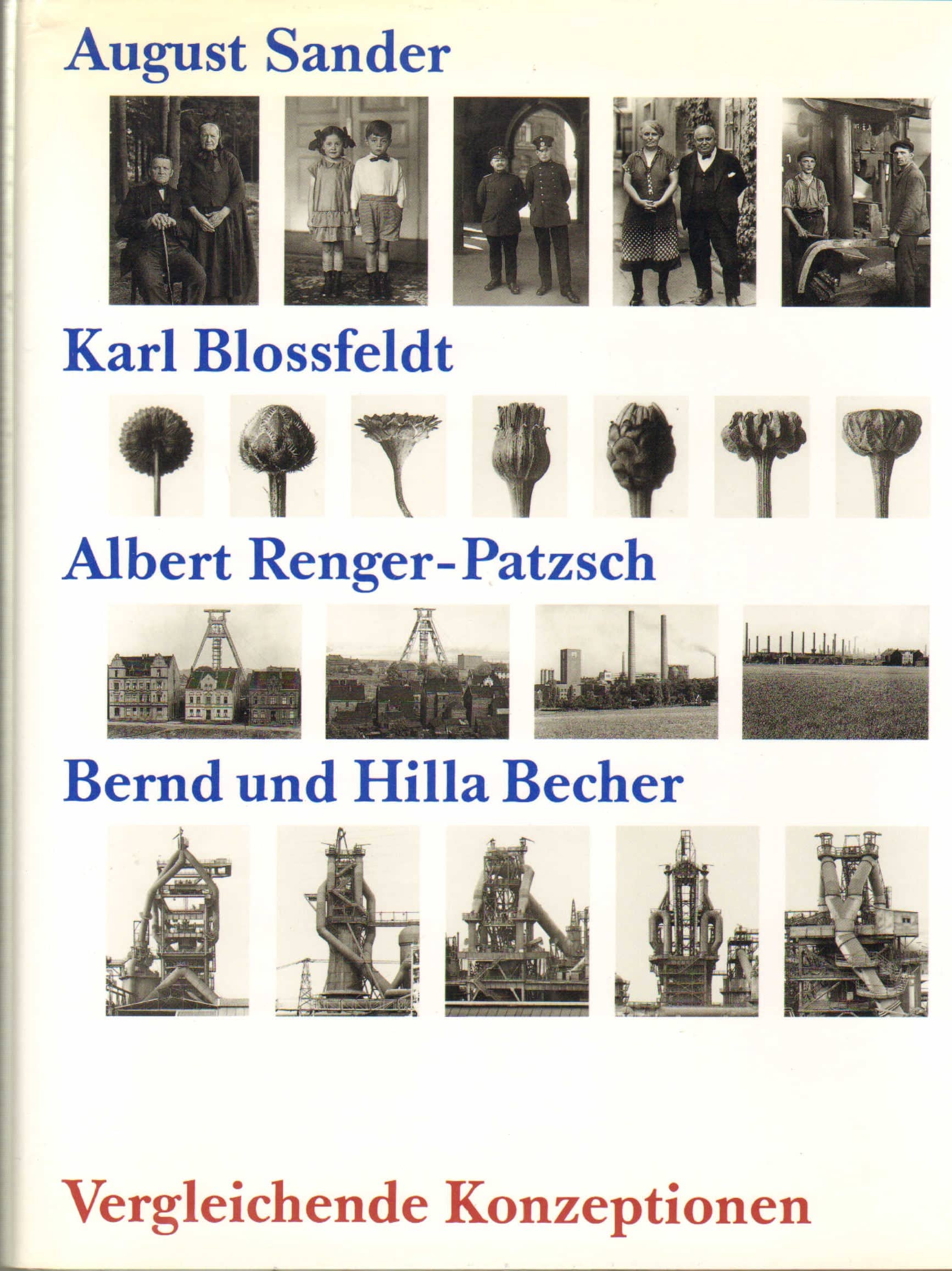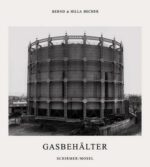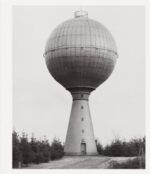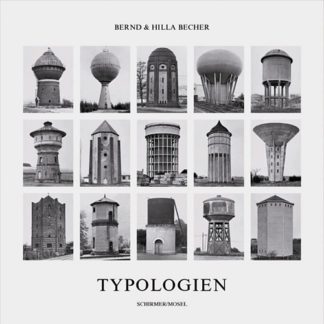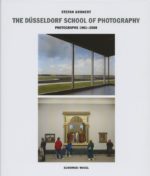Livre Épuisé.
Exemplaire avec léger jaunissement sur le haut du livre dû à la lumière.
Intérieur état neuf.
«Aujourd’hui, August Sander, Karl Blossfeldt et Albert Renger-Patzsch sont considérés comme trois des principaux protagonistes de la Nouvelle Objectivité de la photographie en Allemagne. Contrairement à la photographie artistique du début du siècle, qui tentait principalement de créer des éléments artistiques picturaux et une ambiance atmosphérique, les trois se concentraient sur les spécificités du médium photographique. Ils les ont mis en œuvre dans des images qui étaient des reproductions précises, mettant en valeur les structures de surface et les détails relatifs à l’homme et au monde des objets. Dans leur processus, ils ont techniquement utilisé le haut degré d’authenticité offert par la photographie afin de documenter et analyser la réalité. Les trois volumes ont été publiés presque simultanément (Blossfeldt, Urformen der Kunst, 1928, Renger-Patzsch, Die Welt ist schön, 1928; et Sander, Antlitz der Zeit, 1929) et ont reçu beaucoup d’attention, même en dehors de l’Allemagne, seulement un ou deux ans après leurs publications. Cela devait avoir une influence décisive sur le développement ultérieur du médium et ouvrir un nouveau langage formel pour les générations suivantes. On peut replacer les photographies industrielles de Bernd et Hilla Becher dans le contexte des développements qui ont découlé des travaux des trois cités précédemment, car les Becher adhèrent strictement à l’objet photographié en termes de méthodologie et de contenu. Ici, la tradition d’une approche photographique qui ne repose pas sur une interprétation subjective de la réalité, mais plutôt sur la reproduction la plus objective possible des objets photographiés, se confond avec la production d’art contemporain.
Il existe une grande variété de liens entre les vastes œuvres photographiques elles-mêmes. […] « – Susanne Lange (extrait) ; préface de Gustav Adolf Schröder et Hans-Gorg Bögner, texte de Gabriele Conrath-Scholl, Anne Ganteführer, Virginia Heckert et Susanne Lange, photos en n.b.
Out of Print Book.
Copy with slight yellowing on the top of the book due to light.
Inside as New.
« Today, August Sander, Karl Blossfeldt and Albert Renger-Patzsch are considered three of the main protagonists of the New Objectivity in photography in Germany. Unlike the artistic photography at the turn of the century, which attempted predominantly to create painterly artistic elements and atmospheric mood, the three concetrated on the specifics of the photographic medium. They brought these to bear in pictures that were precise reproductions, emphasizing surface structures and details relating to humans and the world of objects. Their common goal was to reproduce what they saw as authentically as possible. In the process, they programmatically used the high degree of authenticity offered by photography in order to document and analyse reality. The volumes the three published, almost simultaneously, (Blossfeldt, Urformen der Kunst, 1928 , Renger-Patzsch, Die Welt ist schön, 1928 ; and Sander, Antlitz der Zeit, 1929) received a great deal of attention, even outside Germany, only one or two years after publication. This was to have a decisive influence on the further development of the medium and opened up a new formal idiom for subsequent generations. We can place the industiral photographs of Bernd and Hilla Becher in the context of the developments that proceeded from the work of the above threee, for the Bechers adhere strictly to the object photographed in terms of methodology and contents. Here, the tradition of a photographic approach which does not rest on a subjective interpretation of reality, but rather on reproducing as objectively as possible the photographed objects, blends with contemporary art production.
There are a wide variety of links between the extensive photographic works themselves. […] » -Susanne Lange (extract)

